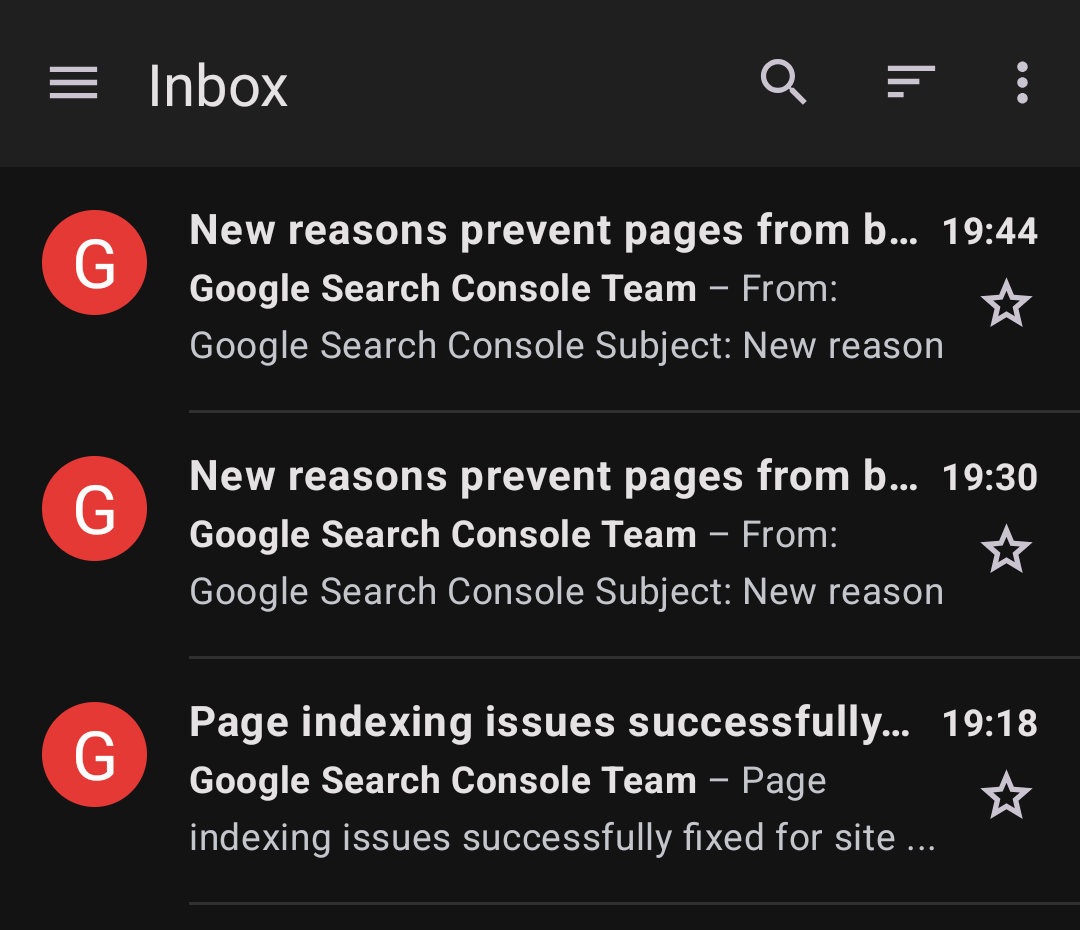Creativity Came to Pass
Creativity /kriːeɪˈtɪvɪti/ n. Obsolete. The process or act of a human engaging in artistic or expressive production.
A story where human creativity and art disappear as a result of artificial intelligence usage and prevalence. Written from the perspective of someone in the future.
https://vale.rocks/posts/creativity-came-to-pass
Cloudflare, its interface a mess.
It’s breaking my site and causing duress.
These settings confuse me, I must declare;
Working this out is quite the affair.
I hate it so much, but I don’t care.
Actually, I do, and I’m pulling out hair.
How I'm Using AI
As long as AI isn't using me...
An overview of my personal usage of Large Language Models (LLMs) and other generative AI. Tracking my experiences with AI tools, specific models (ChatGPT, Claude, Gemini, etc), applying them practically, and realistic perspective on their strengths and limitations over time, from coding attempts to language learning assistance.
https://vale.rocks/posts/ai-usage
As it is getting closer to publication, it seems prudent to advertise that I’m writing a novel!
Tad unusual for me, but it’s a proper, comprehensive work of fiction.
I’ll have more details to share in time, but it is pretty much Fear and Loathing in Las Vegas meets the corporate shittery of Silicon Valley venture capital.
My Writing Style and Mannerisms
Stay tuned for my writing manorialism.
A look at the stylistic fingerprints marking up my writing. Covering and vaguely justifying my spellings, use of punctuation, sentence structure, and other prosal crimes.
https://vale.rocks/posts/writing-style-and-mannerisms
Why Video Isn't My Publishing Preference
I am a writer of words, not a vidier of videos.
Why I prefer not to publish video, including practical, technical, and personal reasons I find text a more maintainable, accessible, and effective medium for my online content.
https://vale.rocks/posts/why-not-video
Why I Write
There are words here, and I'm justifying them.
Unpacking my compulsion and will to write, including its benefits in forming thought, letting me express myself, hone in a craft, and publish accessible content.
https://vale.rocks/posts/why-write


